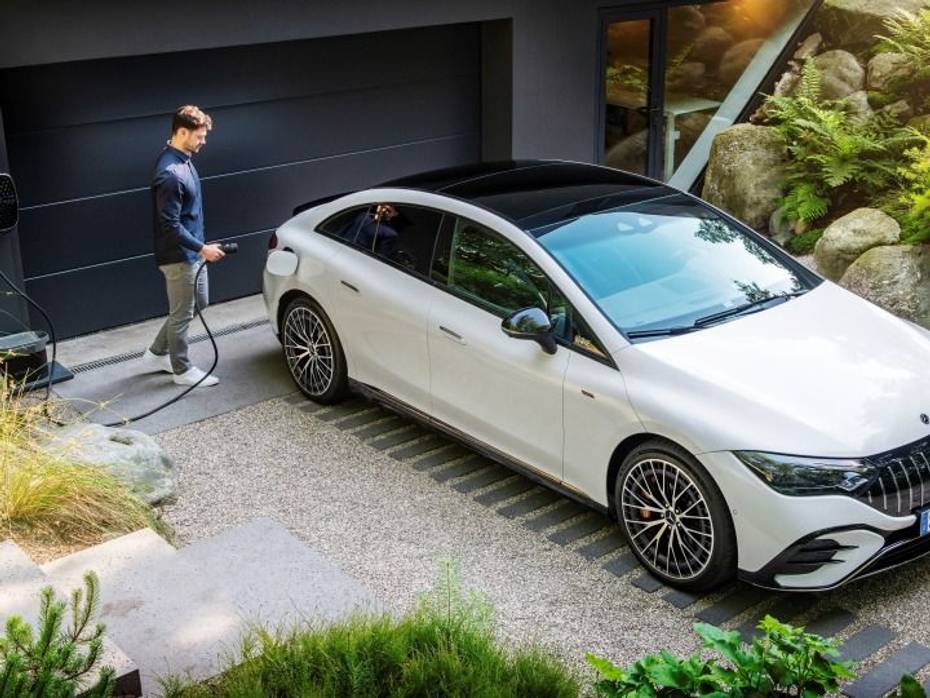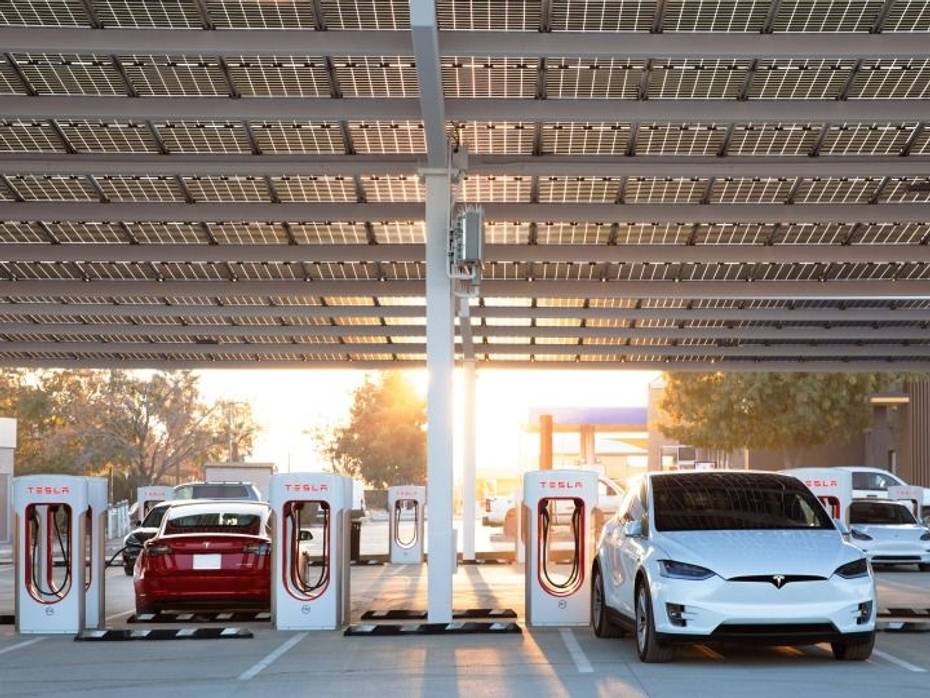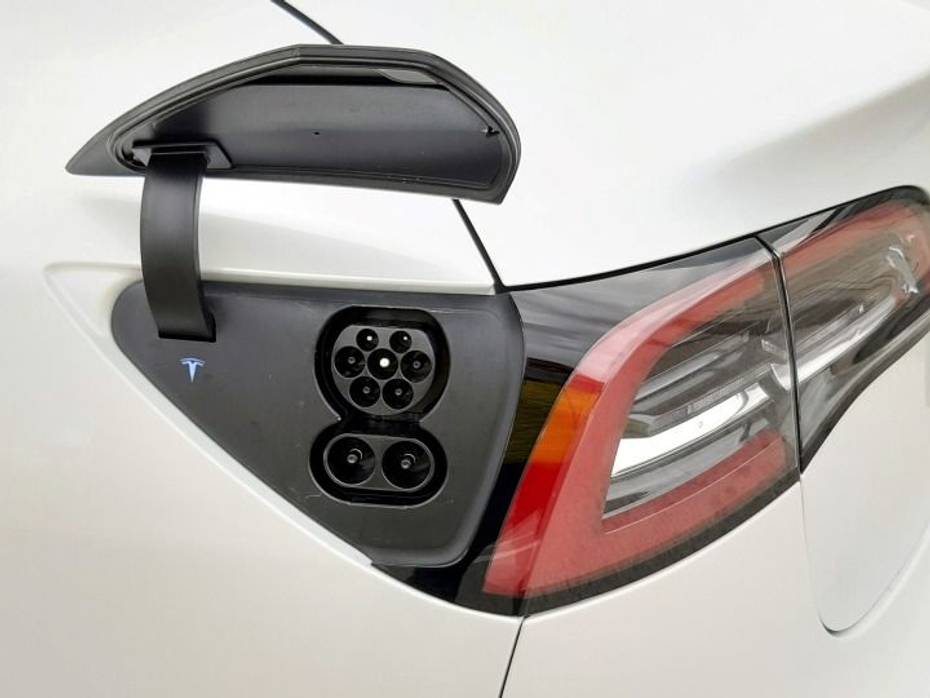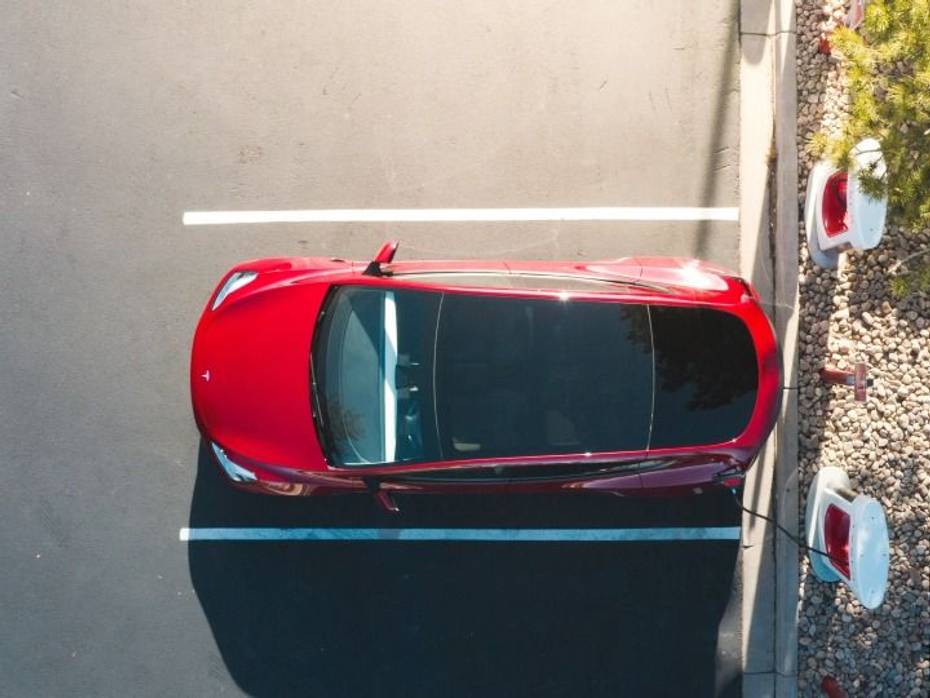
2024 Toyota Camry Launched In India At Rs 48 Lakh; Now...
- Dec 11, 2024
- Views : 15674


Electric vehicles (EVs) have several advantages in India – government subsidies, zero emissions, lower running costs, and a lifelong immunity from rising crude oil prices. But if you’ve ever considered buying an electric car, you might have found the prospect of charging it a bit intimidating, especially given the lack of a widespread network of public chargers.
EV charging is certainly a new way to refuel your car, so we’ve broken it down to the basics. Here’s everything you need to know about charging an electric vehicle:
Charging at home:

A home charging station – also called a ‘Level 2’ charger – is almost indispensable for electric car owners in India. While it’s possible to charge an EV with just a 15-ampere power home socket, you’ll need a proper wallbox if speed is a priority, as the following table shows:
|
Type of Charger |
Charging time |
|
CCS 2 DC fast charger (50kW) |
50 minutes (up to 80% charge) |
|
AC fast charger (7kW wallbox) |
6-8 hours |
|
15A power socket |
16-18 hours |
Charging times for MG ZS EV for reference
For example, it takes up to 8 hours to fully charge the MG ZS EV electric SUV with a 7kW home charger, but twice as long to power up with a home power plug. How long it takes to charge an EV depends on the status of your battery charge, total battery capacity and other factors related to power transmission. Different EVs come in different battery sizes and electronics, but the ZS EV’s specs offer a good reference point for what you can expect at peak DC and AC fast charging rates.

You can purchase a home wallbox from the dealership, and your first charger may even be offered either free of cost or at a discounted price by the carmaker. Some state governments in India also offer subsidies for home chargers. It needs to be professionally installed at your house or in an apartment building using a hardwired connection, at a designated or reserved parking spot.
Fast charging at a public charging station:

Electric car makers such as Tata and MG provide you with a list of EV charging stations that you can easily locate on your phone or on the car’s navigation system. Fast charging stations provide DC current at high wattages and can usually charge your vehicle from empty to 80 percent in under an hour, depending on the available charging rate and your car’s battery status.

Type-2 AC/DC charging port in a Tesla Model 3
All modern cars use the CCS Type 2 charging port standard, and most models accept charging rates of 50kW or more. DC fast charging at the optimum rate is the quickest way to juice up your electric car. More developed nations are testing out fast charging capacities of up to 350kW that offer a 0-80 percent top-up under 30 minutes in vehicles with large battery capacities such as the Porsche Taycan.
Charging with a 15-amp plug in an emergency:

It’s as easy to avoid getting stranded in an EV as it is in an ICE car – you just need to plan your journey. But in case you run out of juice due to unforeseen circumstances, all you need to power up is a 15-amp socket and a charitable patron who’ll let you use a home charging point. Most cars come with a complimentary charging cable compatible with 15-amp home power sockets that you can store in the boot for emergencies, also known as Level 1 charging.
It’ll indeed take nearly a full day to charge the average EV to 100 percent, but you can get enough electricity to limp to your destination or to a public charging station in just a few hours.
Good charging habits to prevent getting stranded:

Start the day with adequate charge: Plug in your EV whenever you return home – you can manage the charging using connected car features present in most modern EVs to protect the battery’s health.
Planned stops for longer journeys: Before you set out on a road trip, find out where you can charge your car on the way. It’s also important to know what type of public chargers may be available on the way (AC or DC) and what power outputs they offer.
Don’t overestimate your car’s range: The real-world range of an EV depends on many factors, and it may be lower than the company-claimed figures. Anticipate how far you can drive before you need a charging stop, and remember that extreme temperatures, traffic jams, and high-speed driving can significantly reduce the car’s range.
Also read:
Tips To Help You Get The Best Range From Your EV During City and Highway Driving
Free Charging At Tesla Superchargers Near Ukraine Border For All EVs Starting This Week
Battery care:

You can ensure that your battery returns consistent range figures for many years with a few simple hacks:
Avoid fully charging each time: Most of the time, city-driving conditions will allow you to recover some electricity using regenerative braking. Avoid fully charging the EV unless you’re leaving for a long road trip where you’ll need all the range you can get.
Don’t exclusively use fast charging: Fast charging may be more convenient, but it deteriorates your EV battery’s ability to hold its charge over the long term. It’s advisable to charge at a slower speed using a wall box whenever viable.
Be careful with long-term storage: If you’re planning to store the EV for a few months, don’t leave it parked unplugged or plugged-in and fully charged. Instead, you can set your home wallbox to keep the charge between 25 percent and 75 percent to ensure long-term battery health.
In conclusion, charging an EV takes some getting used to, but adopting good charging etiquette can go a long way to reduce range anxiety. Besides, carmakers are always striving to make charging their EVs more convenient for end-users with quicker charging times and longer range figures. Electric cars are here for the long haul, and plugging into a charger is the new way to “brim-up the tank”.

2024 Toyota Camry Launched In India At Rs 48 Lakh; Now...

Mahindra BE 6e Launched At Rs 18.9 Lakh, Gets Modern Styling, Premium...

Skoda Kylaq: Here’s What You Get With Each Of Its 4 Variants

Kia Syros Unveiled Globally As The Most Premium Sub-4m SUV In India

Mahindra’s Top 5 Big Claims About BE 6e & XEV 9e

Mahindra BE 6e vs Tata Curvv EV: Which Electric SUV Claims The Better...

Mahindra BE 6e: A 360-degree Look At Its Exterior & Interior In 13...

Mahindra BE 6e vs XEV 9e: An In-depth Comparison Of Mahindra’s...

New 2024 Honda Amaze Arrives In India At Rs 8 Lakh
India's largest automotive community
 This Vayve Eva, To Be Showcased At Bharat Mobility Global Expo, Can Be Charged Via A Solar Panel On The Roof
This Vayve Eva, To Be Showcased At Bharat Mobility Global Expo, Can Be Charged Via A Solar Panel On The Roof
 Kia Syros Stands Out As The Most Premium Sub-4m SUV With These 5 Features
Kia Syros Stands Out As The Most Premium Sub-4m SUV With These 5 Features
 Exciting Times Ahead For Volkswagen And Skoda With Over 6 New Expected Launches In 2025
Exciting Times Ahead For Volkswagen And Skoda With Over 6 New Expected Launches In 2025
 Kia Syros Vs Hyundai Venue: Korean Subcompact SUVs Compared
Kia Syros Vs Hyundai Venue: Korean Subcompact SUVs Compared
 Toyota Camry
Rs. 48.00 Lakh
Toyota Camry
Rs. 48.00 Lakh
 Honda Amaze
Rs. 7.99 Lakh
Honda Amaze
Rs. 7.99 Lakh
 Audi Q7
Rs. 88.66 Lakh
Audi Q7
Rs. 88.66 Lakh
 Mahindra XEV 9e
Rs. 21.90 Lakh
Mahindra XEV 9e
Rs. 21.90 Lakh
 Mahindra BE 6
Rs. 18.90 Lakh
Mahindra BE 6
Rs. 18.90 Lakh